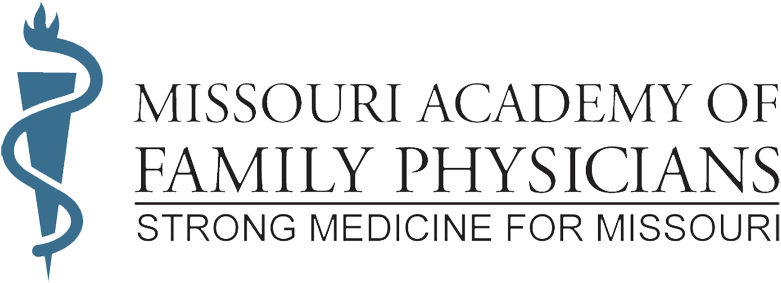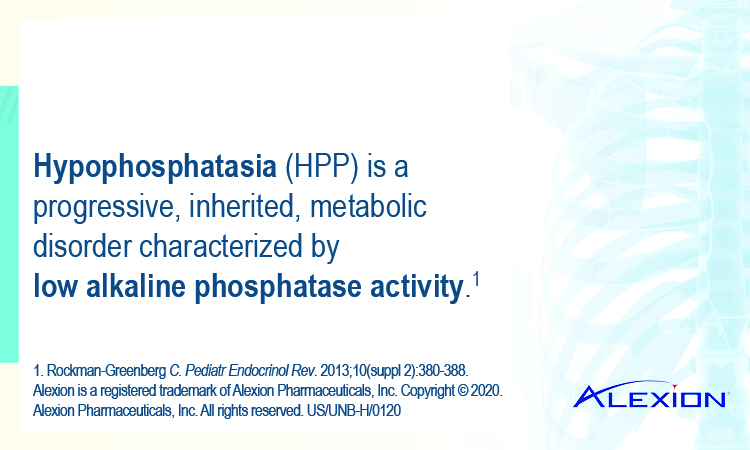Diagnosis Coding and Why It’s Important
By Jennifer Scheer, MD, FAAFP
Diagnosis coding refers to the ICD-10 codes that health care providers document and submit on claims. Diagnosis coding is important because these codes paint a picture of that patient’s health versus burden of illness. An accurate picture of the patient impacts both physicians and patients in several ways. Patients receive resources and frequently are enrolled in disease-specific support programs based on these documented conditions. Physicians are increasing “graded” on their quality and cost of care and this data is usually “risk adjusted.” If a physician who does not reflect how ill a patient truly is in their documentation, they will appear much healthier than they really are. If that patient then experiences a poor outcome or an expensive episode of care, it may reflect negatively on that physician’s care. Under MACRA legislation, risk-adjusted quality and expenditure data is used to calculate MIPS scores
There are many models used to determine what a patient’s “risk” is. Nearly all contain an element of diagnosis coding. The Hierarchical Condition Categories (or HCC) model is the one used by CMS and therefore is one of the most predominant. Other models exist for younger populations but share many of the same features as HCC.
How does HCC work? Several thousand ICD10 codes are grouped into Condition Categories, each of which is assigned a certain weight. A patient may have diagnoses which are included in none, one, or multiple categories. If a patient does have diagnoses which fall within certain categories, the relative weights of each pertinent category are summed (with some complicated “trumping” and multiplying in some cases that we are not going to get into). This is the patient’s Risk or HCC score. When the HCC score is multiplied by factors representing the patient’s age, gender and disability status, this results in the RAF or Risk Adjustment Factor. The RAF is then used to cost and quality adjust data for both Medicare and Medicare Advantage patients.
There are several key things to know about the HCC model, many of which are true for all risk models.
- Every HCC or RAF score resets to “0” on January 1st of each year. If a patient has a condition that is present over several years, it needs to be re-documented and submitted once each calendar year.
- Every so often CMS adjusts the weighting such that the “average” Medicare patient has an HCC score of “1.” A patient with a score of 1 is consider “average” in terms of their risk, below 1 healthier and over 1 with a higher disease burden.
- Not every condition included in the HCC model is chronic. Some conditions, such as acute pancreatitis or cancer, can resolve or be cured. Close attention to the current status of each condition year after year is essential.
- Just listing the relevant conditions for a patient is generally not considered enough. In addition, providers should document the status of the condition, how it’s being treated or monitored, how it is impacting the patient’s health and healthcare etc. Coders commonly use one of 2 “standards” for determining if a condition is appropriately documented: “MEAT” and “TAMPER.”
- Don’t overlook conditions which are stable due to the current treatment plan. Redocument diagnoses such as Chronic Congestive Heart Failure, compensated with a medical regimen each year.
- Some “status post” conditions are included in the HCC model. These include amputations and ostomies. It’s easy to pass over these in patients we know well, but should be re-documented each calendar year.
- Complications of chronic conditions can make a big difference in a patient’s risk and should be captured when present. Diabetes with complications (renal, eye, neuropathy, even hyperglycemia when they are meeting their goals for BG control) reflect a more ill patient than Diabetes without complications.
About the Author
By: Jennifer Scheer, MD, FAAFP




